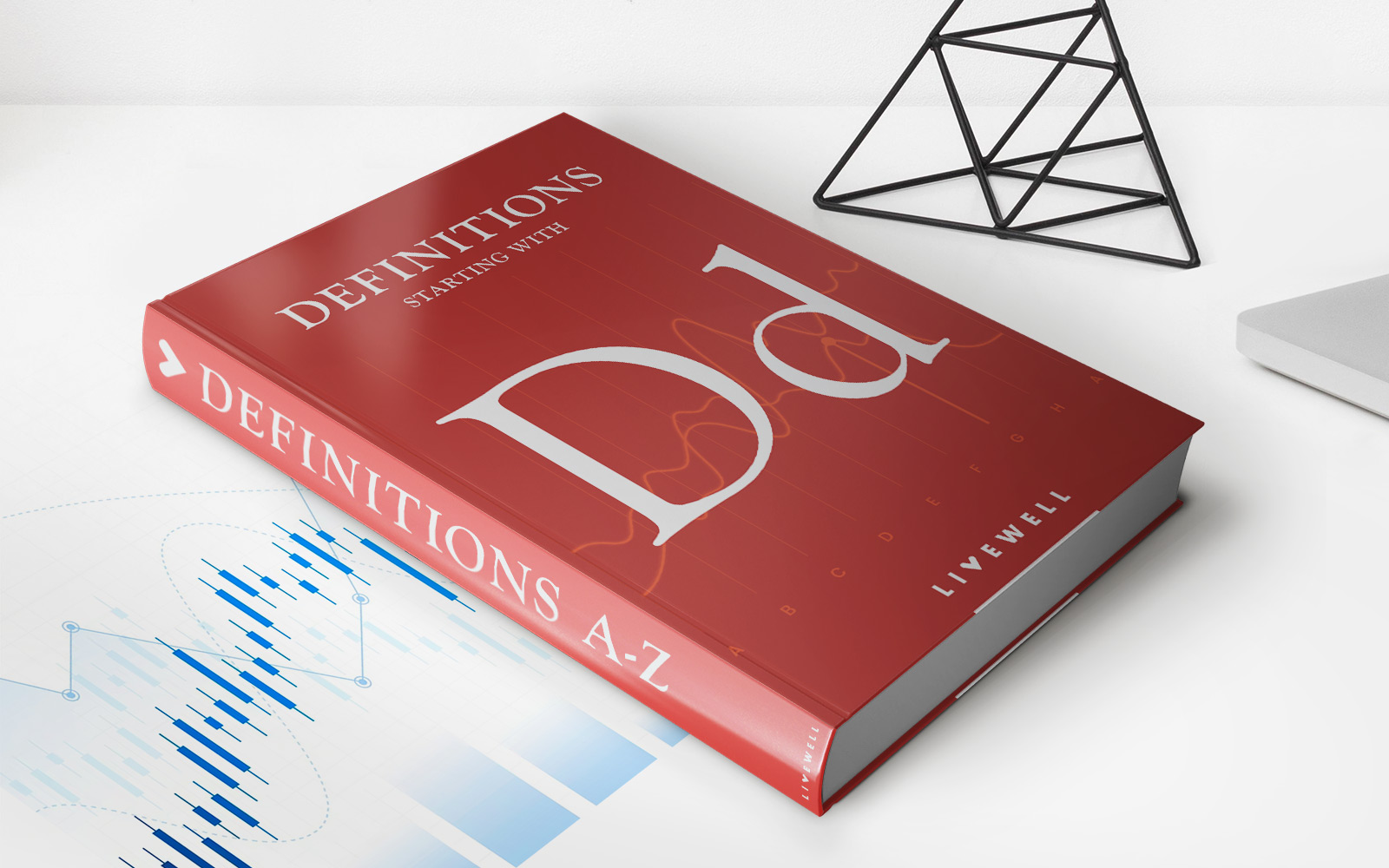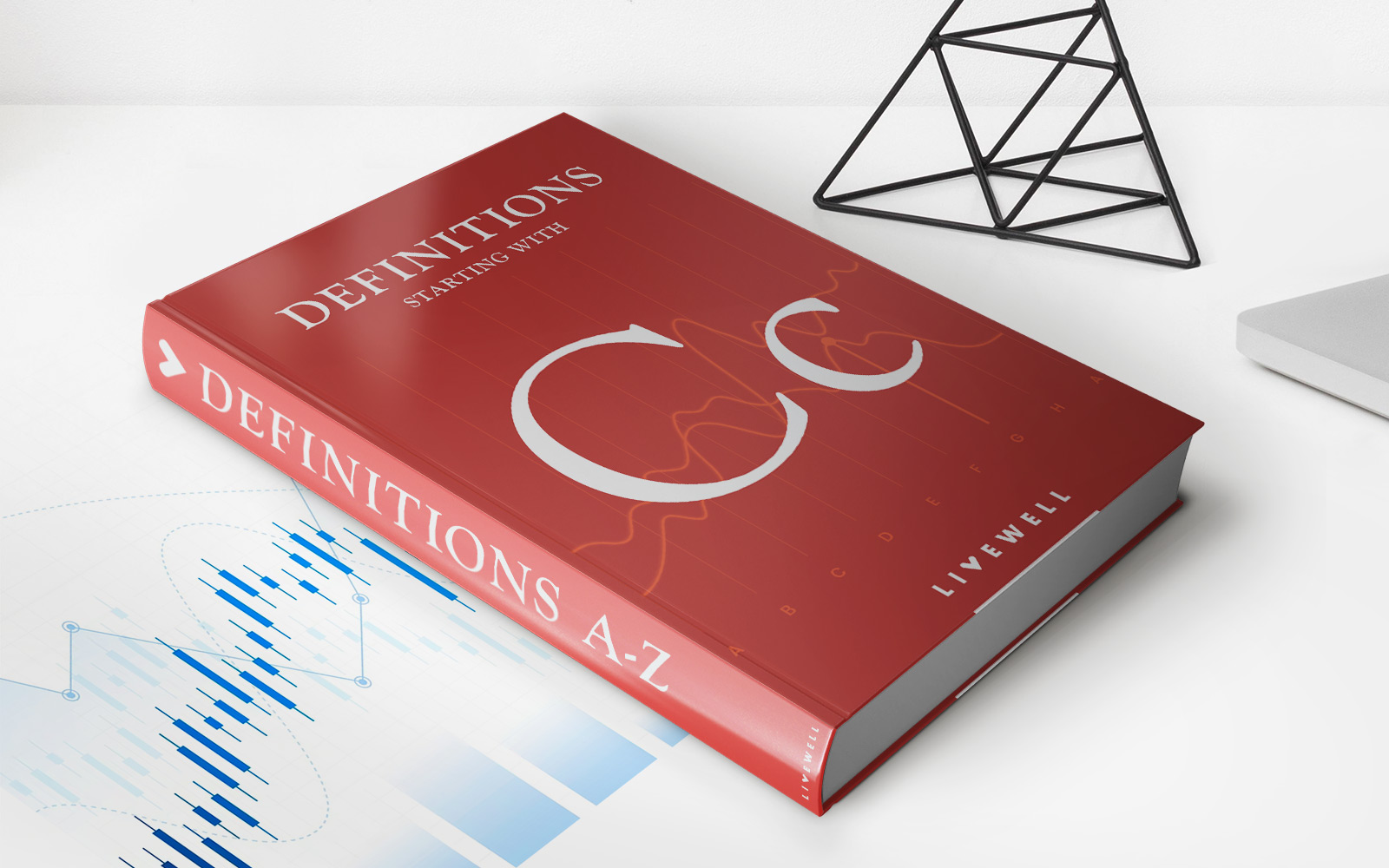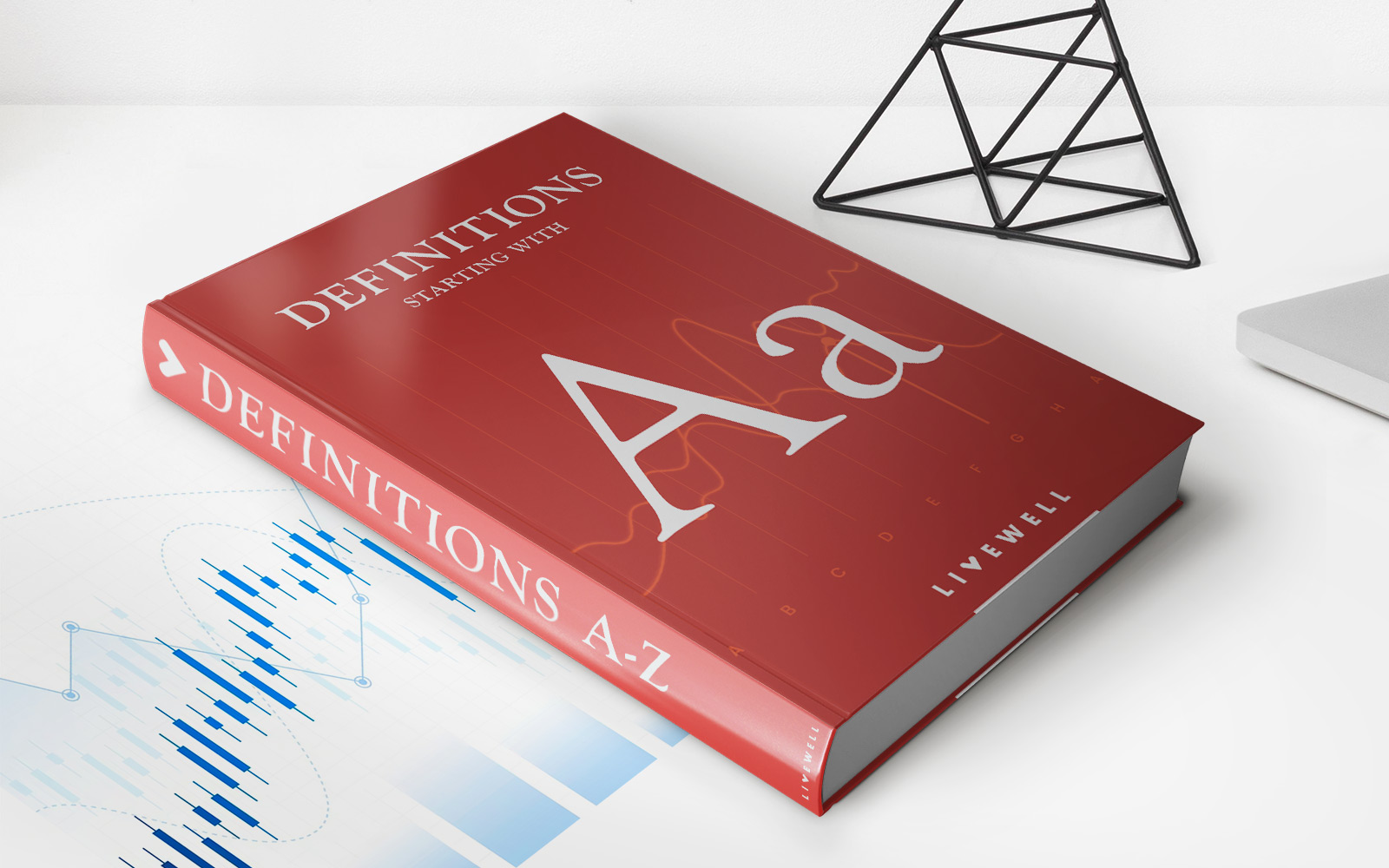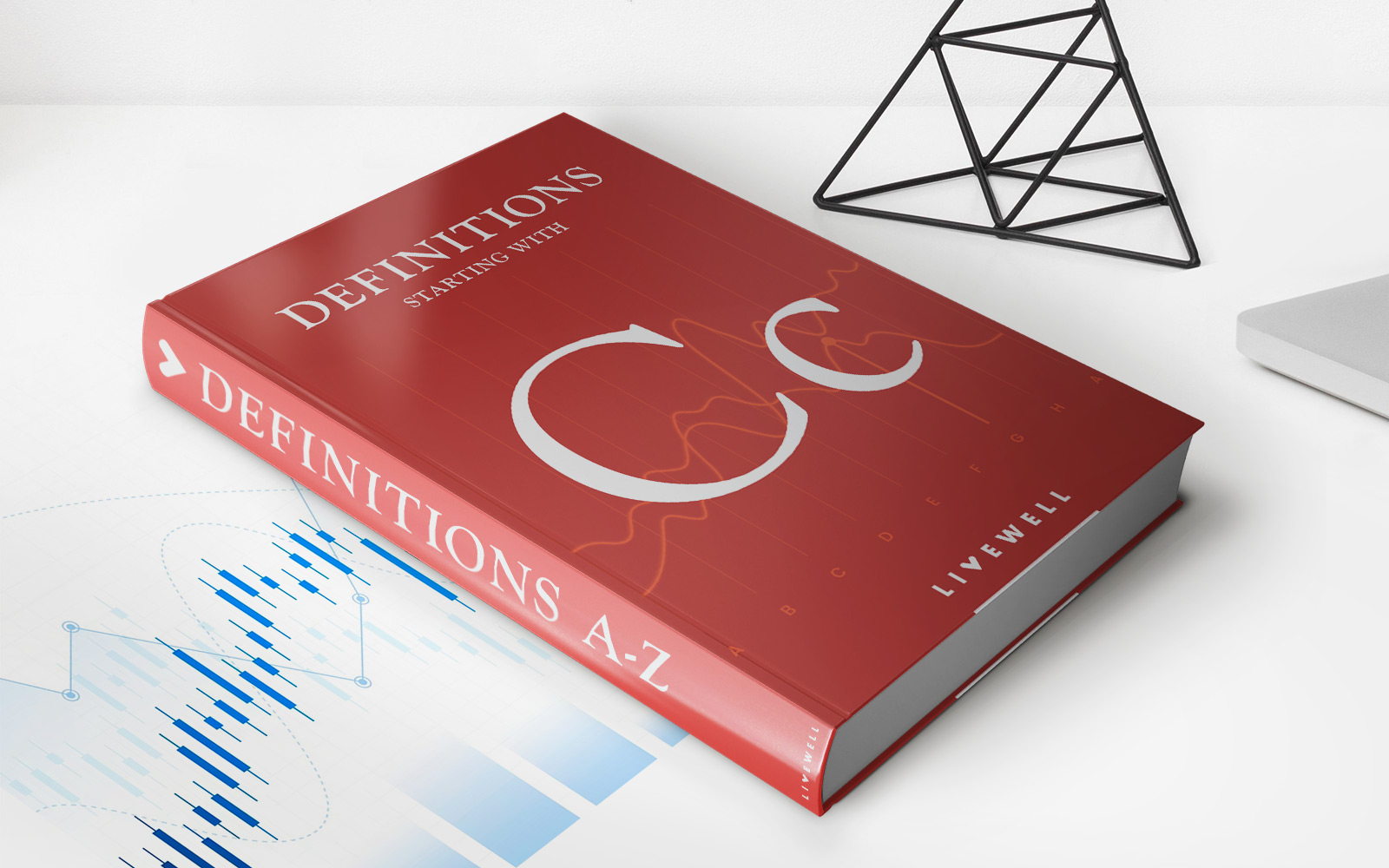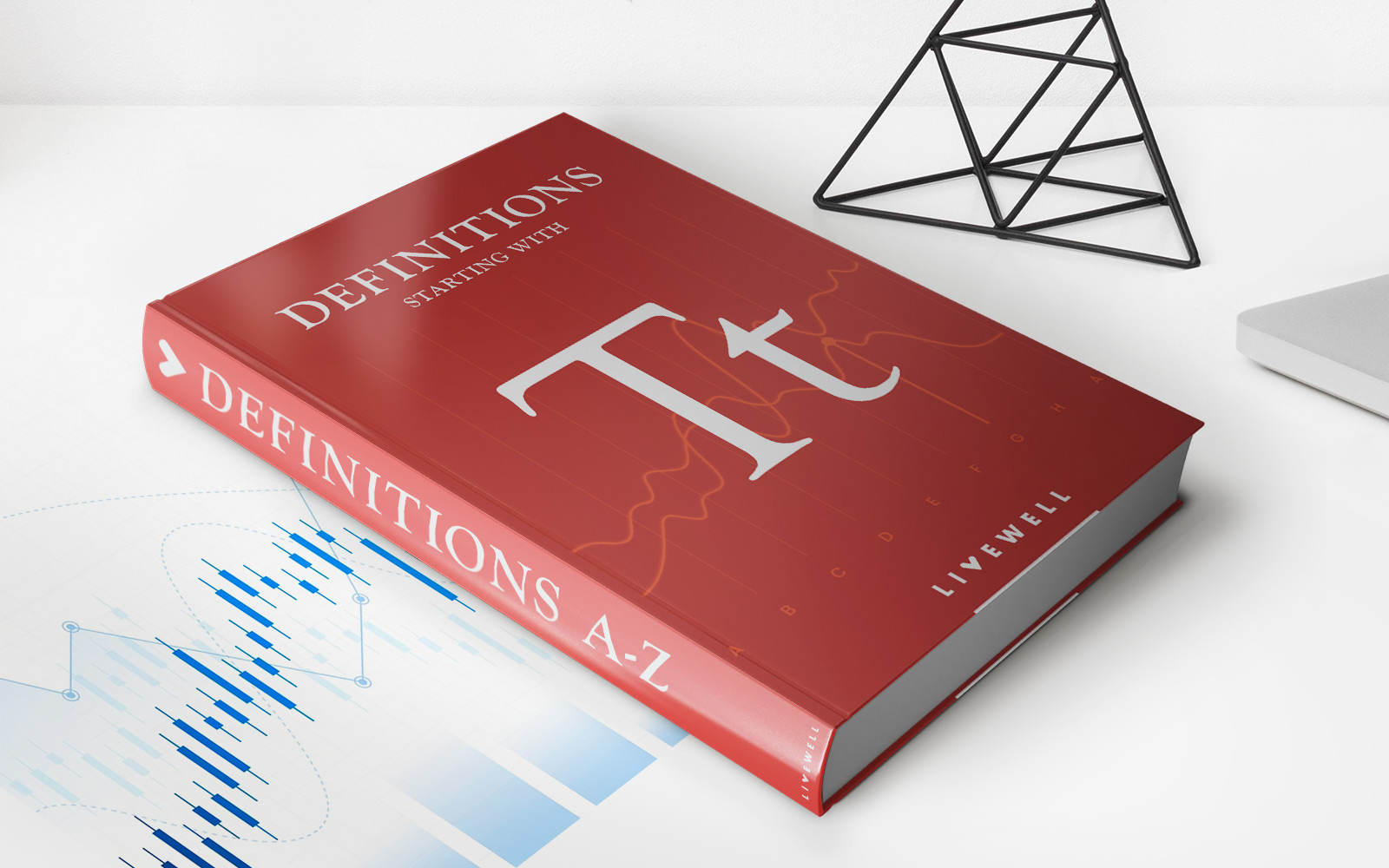Home>Finance>Daily Chart Definition, Uses In Trading Strategies
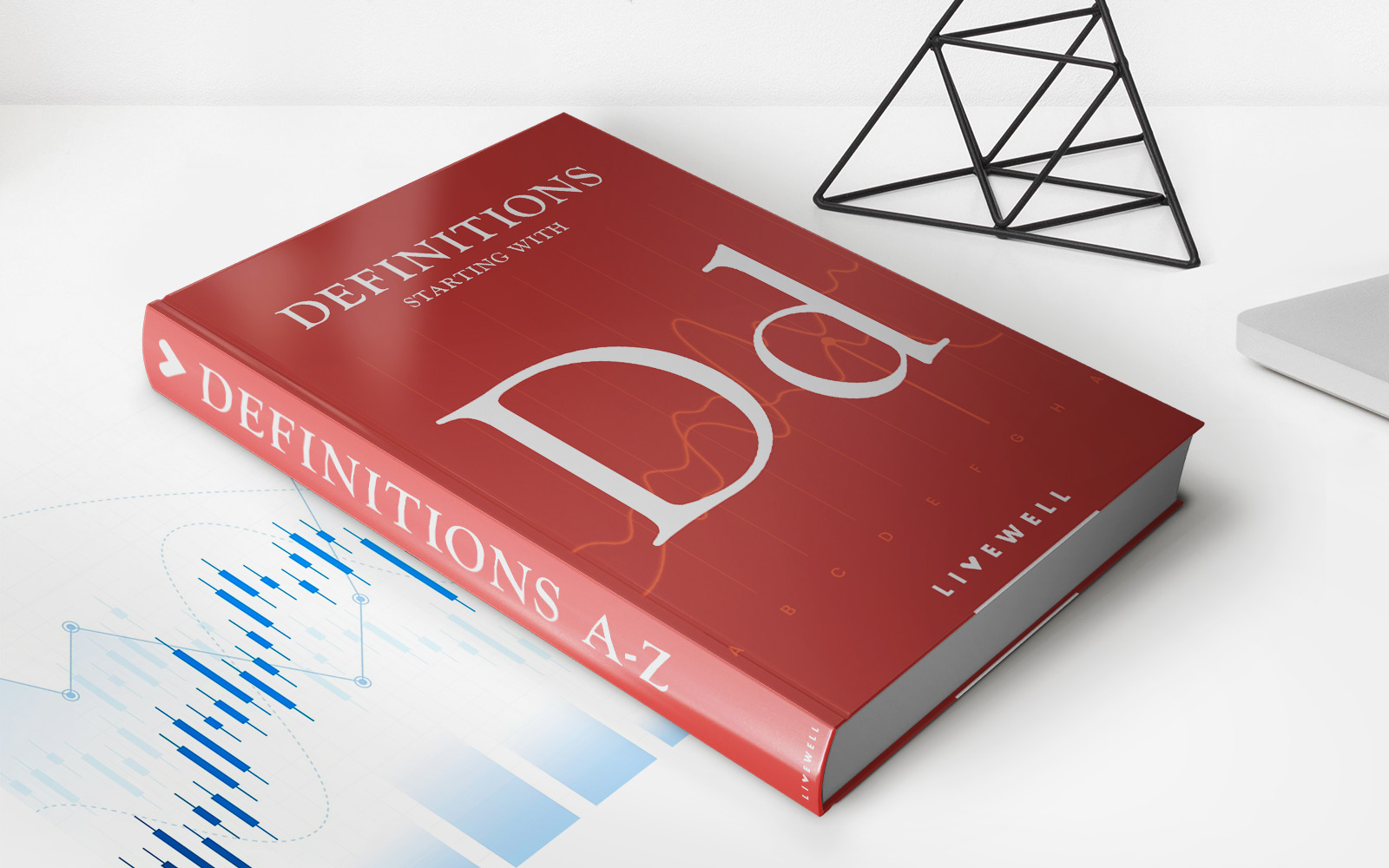

Finance
Daily Chart Definition, Uses In Trading Strategies
Published: November 7, 2023
Learn what a daily chart is and how it is used in finance and trading strategies. Explore the benefits of incorporating daily charts into your investment decisions.
(Many of the links in this article redirect to a specific reviewed product. Your purchase of these products through affiliate links helps to generate commission for LiveWell, at no extra cost. Learn more)
The Power of Daily Charts in Trading: Insights and Strategies
When it comes to navigating the complex world of finance, understanding the significance of daily charts is crucial. By providing a comprehensive snapshot of market trends and price movements over a specified time frame, daily charts serve as invaluable tools for traders looking to make informed decisions. In this article, we will delve into the definition of daily charts, their uses in trading strategies, and how they can help you succeed in the exciting world of finance.
Key Takeaways:
- Daily charts provide a visual representation of price movements in the financial markets on a day-to-day basis.
- They are widely used by traders to identify trends, track key levels of support and resistance, and make strategic trading decisions.
What are Daily Charts?
Daily charts, also known as daily candlestick charts, display the price action of a financial instrument over the course of a single trading day. Each candlestick on the chart represents a single day’s trading activity, including the opening, closing, highest, and lowest prices for that day.
By observing daily charts, traders gain valuable insights into market sentiment, identifying patterns, and trends that can help them anticipate future price movements. These charts provide a comprehensive view of a particular asset’s performance, allowing traders to make more informed decisions based on historical data.
Uses in Trading Strategies
Daily charts offer traders a multitude of uses in developing effective trading strategies. Here are a few key ways daily charts can be utilized:
- Trend Identification: One of the primary uses of daily charts is to identify trends. By analyzing the highs and lows represented by each candlestick on the chart, traders can determine whether an asset is in an uptrend, downtrend, or consolidating. This information helps traders make better decisions on whether to buy, sell, or hold a particular asset.
- Support and Resistance: Daily charts enable traders to identify key levels of support and resistance. Support levels represent areas where buying interest is strong enough to prevent the price from falling further, while resistance levels indicate areas where selling pressure outweighs buying pressure. Traders can use these levels to set entry and exit points for their trades.
- Pattern Recognition: Daily charts are also useful for recognizing patterns, such as head and shoulders, double tops/bottoms, and triangles. These patterns often indicate potential trend reversals or continuation, allowing traders to plan their strategies accordingly.
By incorporating daily charts into their trading routines, traders gain a deeper understanding of the market dynamics and improve their chances of making profitable trades.
In Conclusion
Daily charts play a vital role in the world of finance, providing traders with valuable insights into market trends, support and resistance levels, and pattern formations. By harnessing the power of daily charts, traders can make informed decisions, mitigate risks, and increase their chances of achieving trading success. So, the next time you embark on a trading journey, remember to leverage the power of daily charts and use them as a guide to navigate the unpredictable yet rewarding world of finance.

